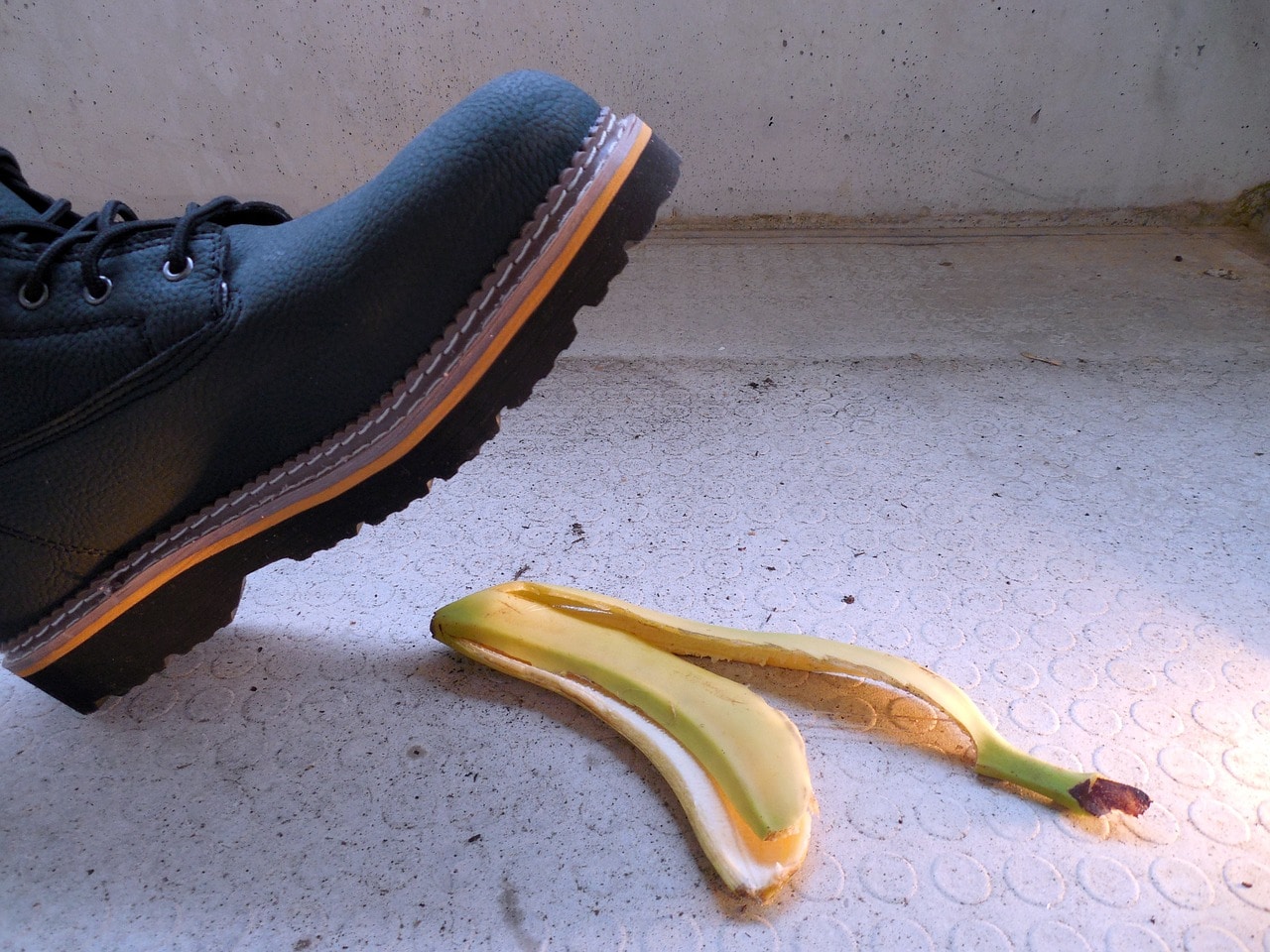
Slips, Trips, and Fall Prevention
Slips, trips, and falls are one of the biggest claim risks that law firms face. In fact, according to the National Safety Council, there are more than 25,000 slips and falls EVERY DAY in the United States, and they account for over 16,000 deaths every year. Firms with considerable foot traffic need to be especially careful to prevent slips from parents, employees, vendors, and contractors.
There are three main components in reducing slips, trips, and falls — walking surface design, maintenance, and awareness training.
Floors, Aisles, and Passageways
Floor, aisles, and passageways are of special concern because they are high-traffic areas. To avoid accidents, floors, aisles, and passageways must be well maintained and well lit. The following requirements will help ensure these areas are up to standard:
- Cover all floors with slip-resistant material.
- Do not wax, polish, or treat floors in any way that compromises their slip resistance.
- Keep floors clear and clean. Keep every floor, workplace, and passageway free from splinters, holes, loose boards, and protruding nails.
- Maintain every workroom floor clean and as dry as possible.
- Ensure aisles and passageways are well lit whenever in use.
- Securely attach carpet or carpet tile used on a ground or floor surface. Ensure the cushion, pad or backing is firm.
- Keep carpeting in good repair. Immediately repair or replace loose, worn, or torn carpeting that presents a hazard.
- Block off any section of a floor, aisle, or passageway in need of repairs. If that is not possible, place warning signs near the area to alert people to the damage.
Stairway, ramps, and change in level
Stairway and ramp fall present a special hazard because the change in level can result in a more severe injury. These falls may occur because people are in a hurry or because they are not being alerted. However, many occur because stairs, ramps, handrails, and guardrails are in substandard condition. Not only can these cause a fall, but they can also prevent a person from being able to stop the fall. They may even make the fall worse by providing a false sense of security. It is important to keep stairs, ramps, handrails, and guardrails in superior condition.
- Ensure stairways and ramps are well lit when in use.
- Keep stairways and ramps unobstructed. Construct curb ramps to prevent obstruction from parked vehicles.
- Install continuous handrails on both sides of stairs.
- Connect handrails securely and firmly for stairways and ramps. Ensure gripping surfaces on handrails are uninterrupted by newel posts or any other obstructions.
- Check guardrail openings. To prevent entrapment, openings should be designed to the torso of the smallest user at risk.
